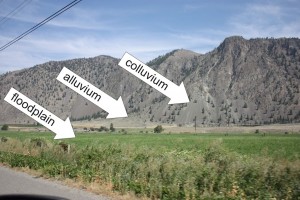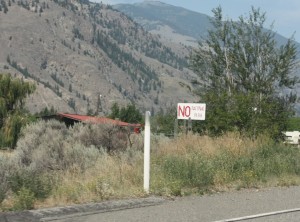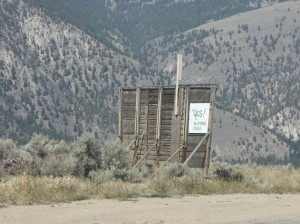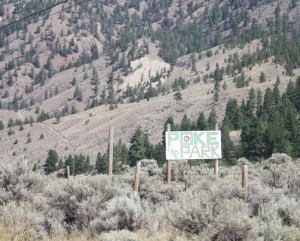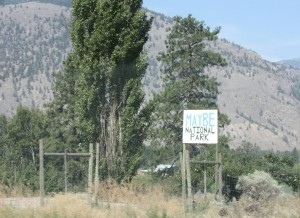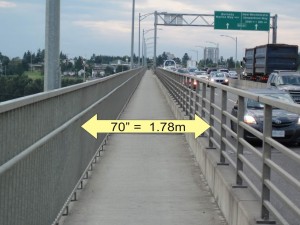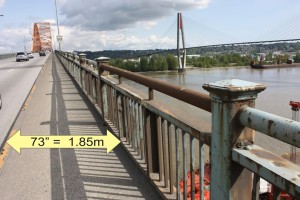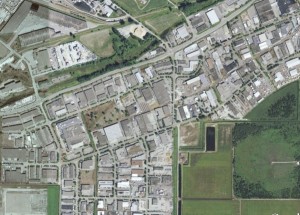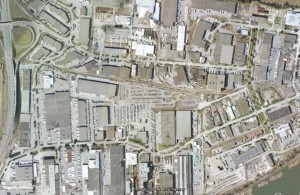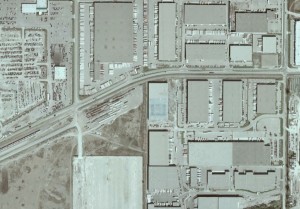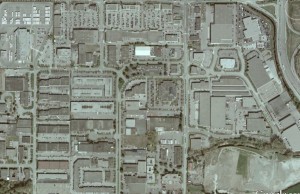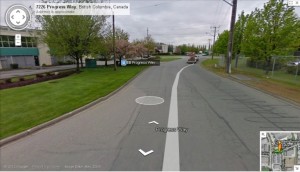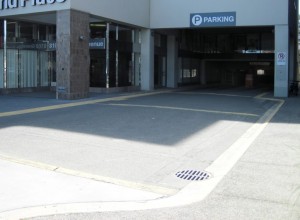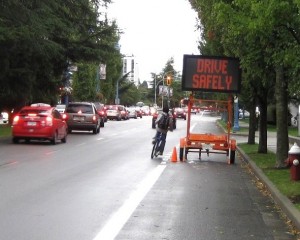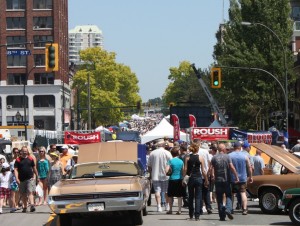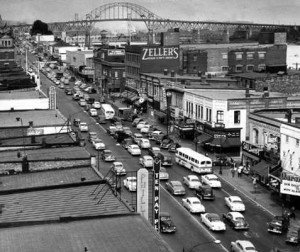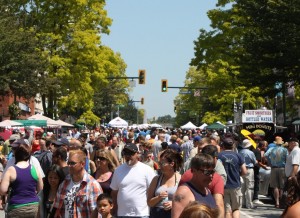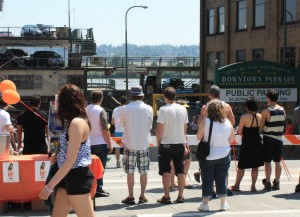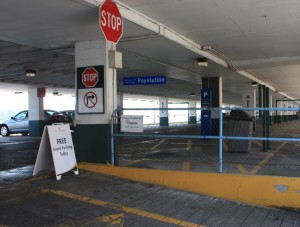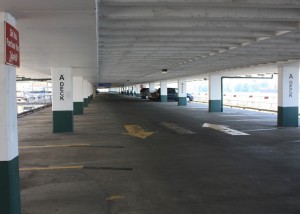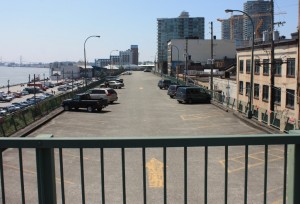After my last post where I expressed some distaste for the way these faux-referenda operate, I have had a few conversations with people over the process, and tried to understand it more. This was partly prompted by the comments added to that post by the man in the centre of the issue, James Crosty, and questions raised by the person who is commonly becoming New West’s lone voice of reason, Jen Arbo.
First, Crosty was clear to point out he is not opposed to the MUCF, as long as it is fully funded by DAC, or the office Tower, as long as it is privately funded. He is rightly concerned about a mounting pile of debt the City is accumulating. He is not opposed to the Bylaw, just that the electorate’s ability to vote on this issue is being bypassed with this quasi-referendum system. Although it seems pretty clear he is opposed to the Bylaw – because he doesn’t want the City borrowing $59Million, and that’s what the Bylaw is for.
I am pretty sure I agree with Crosty on many of his points, if not all of the facts. However, the rub here is not just facts, but outcomes. Part of the problem (as Jen astutely pointed out) being we have little access to the facts, and even less understanding of outcomes, throughout this process. How can we possibly be expected to make an informed decision?
Just to be clear: nothing I am writing below has been verified by any staff member at the City, nor any elected official at the City, so even the “facts” below should be treated with a big bag of salt grains. I have chatted to a few people more knowledgeable than I, and have read over the relevant legislation, but this is my interpretation of what is happening or could happen. The opinions and ideas below are worth exactly what you paid for them. I encourage you to go out and get your own info, and to challenge me on anything I write below that is factually incorrect. I think you should approach Crosty’s information with the same healthy skepticism. Three points to start:
DAC Money: The City is not sitting on a pile of DAC cash to build things with. There is no DAC vault below the Mayor’s Office or a DAC bank account from which the Mayor can write cheques. DAC funds are provided on an annual basis up to 2019 based on gaming revenue. This money is “guaranteed” to the City, as long as the Casino hits its revenue targets (the Casino has shown no signs of not hitting its revenue targets).
With the agreements in place, various projects can be built using the DAC funds, the MUCF being one of them, to the order of $35Million (well, more like $43 Million, but that’s another discussion). However, for the City to get their hands on that $35Million $43 Million, they first have to spend the money, then apply for reimbursement after the project is completed. This is a hassle for the City, as it is not so good for the guys pouring cement in onto the hole on Columbia Street on Monday morning. The cement-pourers want to get paid now, not in 2013 or 2014, so the City needs to borrow money from the Municipal Finance Authority to pay today’s bills in order to complete the project so they can get the money from the DAC funds upon completion. Alternately, they can take money from their reserves, but that money is already earmarked for other purposes (see below), and locking it up now would limit future flexibility in its use. It may even run the reserves too low, and may hurt us in the interest earned on any reserve funds (for example, the City has an MFA Bond fund earning over 3%).
This raises the question: is that $35Million $43 Million really “debt” just because we are borrowing it until the day, a year or two down the road, when the cheque from the Casino clears? It is clearly “borrowing”, so it invokes Section 178 (short-term borrowing) or Section 179 (long-term borrowing) of the Community Charter, depending on how the City’s finance department structures the repayment. That said, if there is a clear, foreseeable, and guaranteed payback scheme not involving taxpayer’s money, and out of it all we get a big asset, I have a hard time calling this irresponsible debt.
Referendum: The implications of the referendum are hard to comprehend at this point. Section 85 of the Community Charter refers directly to Part 4 of the Local Government Act. The legalese gets a little dense, especially as it talks more about elections than referenda, but the process is about 80 days (presumably, once they get and elections office up and running). I imagine it would cost $100K or more, which is not budgeted money, so you can call that operational cost right out of the taxpayer’s pocket. As for more specific questions (how much would the City be able to spend on the “Yes” campaign? Could they buy $1 Million in advertising? ), I frankly have no idea. Anyone out there know?
If the Bylaw fails: If the referendum was to be called and people vote for the lending Bylaw, then I guess we just wasted a bit of time and money, but Democracy is rarely quick or cheap.
If the people vote against the lending Bylaw, then I suppose it is back to the drawing board when it comes to financing the MUCF building and other projects in the City.
The Report to Council that outlines the accounting strategy is available online, for your perusal. Although I suspect they did not anticipate this was very likely, they did include a contingency sentence:
“If the Alternative Approval Process is not successful [translation: if Crosty collects 4500 signatures], the City would need to consider alternative funding solutions, including deferring projects in order to ensure City reserves are available”
So I don’t feel bad not knowing what happens if Crosty gets his 4500 signatures, and a referendum fails. I don’t think the City knows.
Friday’s newspaper article suggests that the MUCF and Tower would proceed, they would just need to find another way to fund it, likely drawing down reserves or from money in other parts of the budget. They are not going to stop building the Tower, not because Council chooses to ignore the people, but because the concrete is currently being poured: at this point, they really can’t stop building the tower.
The idea, once floated by Councillor Puchmayr, of building the MUCF and “capping it”, until a partner is found for the Tower might have been a good one at the time, but I doubt it could happen now. A large building like this is an integrated unit, built from the ground up as one piece. While it is possible (at an increased costs with significant engineering challenges) to only build half a building, bring it up to code for occupancy, then add on the other half later, you really need to have that as your plan on day one. Everything from how you manage groundwater removal in the base to how you construct your elevator shafts, sewage systems, HVAC systems, building envelope, and electrical infrastructure are based on a single integrated design. It is highly unlikely the building was designed to be built half-at-a-time, so it may be neigh-impossible.
The public discourse has to acknowledge that point: regardless of the number of signatures received, or the results of a referendum that may arise, the Tower is going to be built on the MUCF. If the City’s money supply is cut off, then it will not be the MUCF-Tower that gets hurt, it is other infrastructure spending.
It should also be noted, the $59 Million is not all going to the Tower. The Bylaw we are as of yet not getting to vote for includes lending for roads and parks maintenance and other things. This (as Crosty pointed out in his comments) is a bit of bookkeeping. The Municipal Finance Authority lends money at very good rates (currently 1.73%) for Municipal capital projects. The fact the City can build the building based on those rates makes the business case better for the City than any developer who didn’t have access to these rates. Problem is, the City cannot use money lent at that rate for commercial purposes. So they need to use reserves funds for the commercial part of the building, and the MFA lending will be used to finance capital works projects, like roads, parks and sewers, that would usually be paid from those reserves. For people who wish government would be more business-savvy and run more like a private enterprise, here you go.
Even then, the $59 Million is not just for the Tower. The total budgeted cost for the Office Tower part of the project is $33 Million. It is hard to imagine the City will never recover any of that money, and more likely than not, they will recover all of it and make more. That is the risk the City is asking taxpayers to take. So don’t get baffled by $59 Million, or $88 Million, or other numbers bandied about.
And finally, that $59 Million is a maximum number, there is no guarantee that the entire amount will be needed. If a partner is found for the Tower sooner than later, if DCC funds increase (and therefore more reserve money arrives), or if efficiencies are found at any step in the MUCF-Tower project, then the City may not borrow the full $59 Million (as they ended up not borrowing the full amount they were allowed to for the Moody Park Pool, leaving $1.5 Million of potential credit on the table).
Through my reading and discussions with people, I am not really all that concerned about the lending Bylaw itself. I would like to see more of a business case made by the City, but talk to any commercial realtor, and Class-A Office space on top of a SkyTrain line is looking like a sure thing, investment-wise. This building should be a real winner.
But (here is my big But getting in the way): I still can’t shake the feeling that I hate the “alternative approval process”, and the way the City, by need or by design, has launched it during the summer, with very little fanfare (note, the only reason you have heard about it at all is that Crosty raised the alarm), and then have made it difficult for people to distribute and collect signatures, from refusing to provide the blank forms requested to refusing to disclose how many signatures have been dropped at City Hall, making the goal post hard to see.
That said, before I fill out a referendum form (we have until August 7, and you can get the form here, print it off, and drop it at the City Hall Mailbox, addressed to “Legislative Services”), I want to know the outcome either way. Does anyone know?
